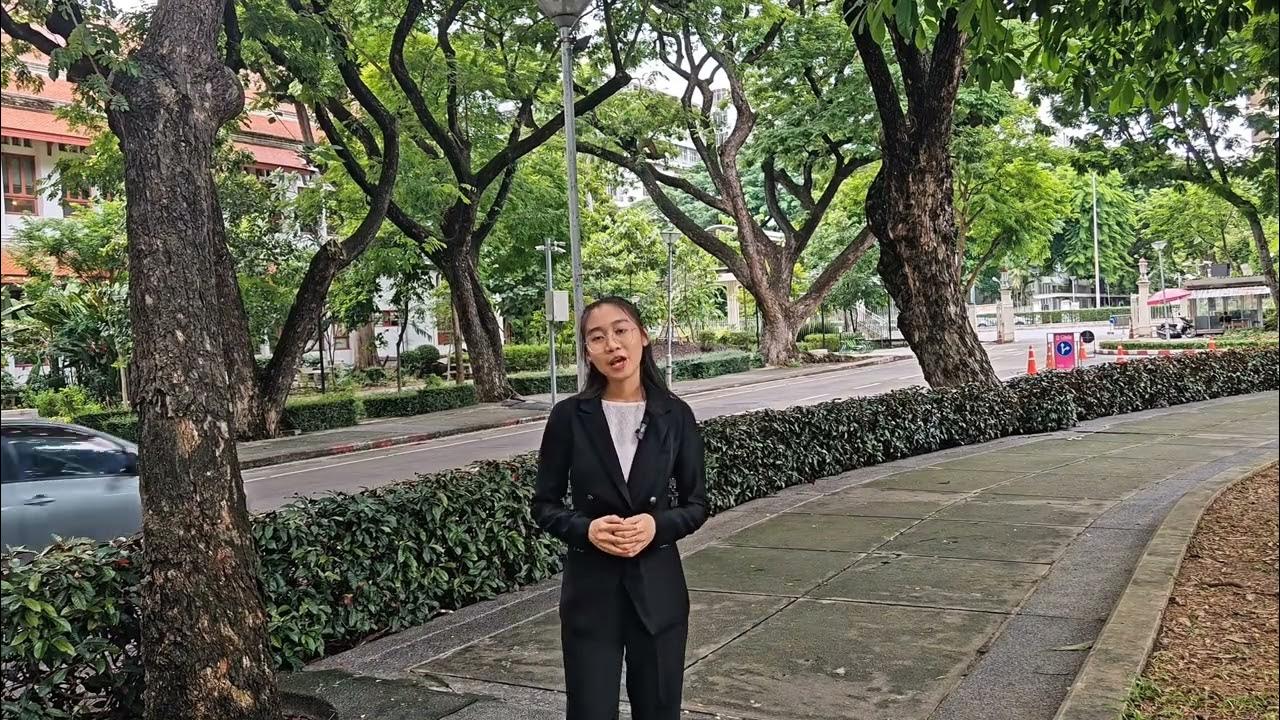Estamos criando um oceano de plástico? | MARES LIMPOS #1
Summary
TLDRThis video highlights the critical issue of plastic pollution in the oceans, focusing on the impact it has on marine ecosystems and the food chain. It explains how small organisms like plankton are threatened by plastics, which disrupt the environment and endanger wildlife. The video discusses alarming statistics, such as 8 million metric tons of plastic entering the ocean annually, and the harmful effects of microplastics on marine life and humans. With global plastic production increasing, the video urges immediate action, emphasizing solutions like reducing disposable plastic use and promoting recycling. Viewers are encouraged to take part in the Clean Seas campaign and make a change.
Takeaways
- 🌍 The ocean is crucial for life on Earth, providing oxygen and food, with plankton playing a key role in the marine food chain.
- 🐋 80% of the planet's life depends on the oceans, and millions of people rely on marine resources for food and livelihoods.
- 🚯 A major threat to marine ecosystems is plastic pollution, with the Pacific Ocean having an island of plastic 16 times the size of Portugal.
- 💡 By 2050, if current consumption habits continue, there may be more plastic than fish in the oceans.
- 🥤 Everyday items like plastic straws contribute significantly to ocean pollution, with 500 million straws discarded in the US daily.
- 🌊 8 million metric tons of plastic enter the ocean each year, equivalent to one garbage truck of plastic every minute.
- 🔬 Microplastics, which are broken down from larger plastics, have become the most common form of pollution, impacting marine life from plankton to whales.
- ⚠️ Over 8 billion metric tons of plastic have been produced in the last 70 years, with only 9% recycled, leaving most plastic as trash in landfills or oceans.
- 🦠 Plastics can absorb harmful contaminants, which then bioaccumulate up the food chain, potentially harming both marine life and humans.
- 🌱 The plastic problem is rapidly growing, with projections showing that plastic in the ocean could double in the next 10 years, as plastic production and consumption increase.
- 🔄 Efforts to reduce plastic pollution must focus on upstream solutions, such as reducing disposable plastic use and fostering a circular economy for recycling.
Q & A
What role does plankton play in marine ecosystems?
-Plankton forms the foundation of marine food chains, as they absorb carbon dioxide and photosynthesize, producing oxygen. Over 80% of marine life depends on plankton for food.
How much of the Earth's oxygen comes from the ocean?
-More than half of the oxygen we breathe comes from small marine plants, like plankton, which photosynthesize and help maintain the balance of oxygen and carbon dioxide in the atmosphere.
How much plastic ends up in the oceans every year?
-An estimated 8 million metric tons of plastic enter the oceans each year, which is equivalent to one garbage truck of plastic every minute.
What is the 'plastic island' in the Pacific?
-In the Pacific Ocean, there is a massive area of floating plastic waste that is 16 times the size of Portugal, posing a significant environmental threat.
What is the issue with single-use plastics like straws?
-Single-use plastics, such as straws, are used for only a few minutes but take decades or even centuries to decompose. Millions of straws are discarded daily, adding to the growing ocean plastic pollution.
How does plastic pollution affect marine animals?
-Plastics in the ocean break down into microplastics, which are often mistaken for food by marine organisms. These plastics can accumulate in the food chain, impacting species from plankton to large whales.
What is the 'precautionary principle' mentioned in the script?
-The precautionary principle suggests that, even without complete scientific evidence, the significant risks of plastic pollution in the oceans are clear enough to warrant immediate action.
What are the challenges of recycling plastic?
-Only 9% of the plastic produced globally is recycled, and much of it ends up in landfills or the ocean. The recycling process itself does not always prevent the plastic from becoming waste again.
How is plastic pollution entering oceans from land?
-Around 2.5 million metric tons of plastic pollution enters the oceans from rivers annually, even from regions far from the coast. This highlights the global nature of the problem.
What can individuals do to reduce plastic pollution?
-Individuals can reduce their plastic waste by avoiding single-use plastics, such as straws and bottles, and opting for reusable alternatives. Engaging in awareness campaigns and supporting circular economy solutions also help combat the issue.
Outlines

This section is available to paid users only. Please upgrade to access this part.
Upgrade NowMindmap

This section is available to paid users only. Please upgrade to access this part.
Upgrade NowKeywords

This section is available to paid users only. Please upgrade to access this part.
Upgrade NowHighlights

This section is available to paid users only. Please upgrade to access this part.
Upgrade NowTranscripts

This section is available to paid users only. Please upgrade to access this part.
Upgrade NowBrowse More Related Video

Dampak Penggunaan Sampah Plastik terhadap Perubahan Iklim

Sampah Rusak Ekosistem Laut

10 bahaya sampah plastik bagi lingkungan dan kesehatan manusia!

Water Bodies Pollution | Beach Cleanup Drive | Clear Sands | Echoes of Empathy

ASEAN Youth Video Speech Challenge - Phyu Thazin Thin

The War on Plastic isn’t working – recycling myths exposed
5.0 / 5 (0 votes)